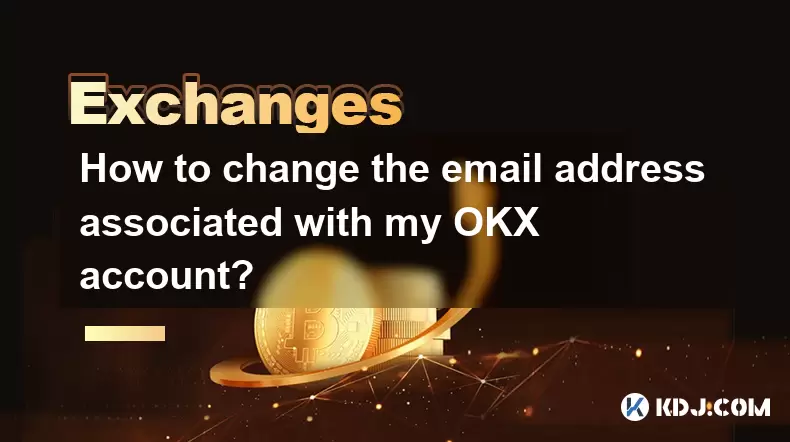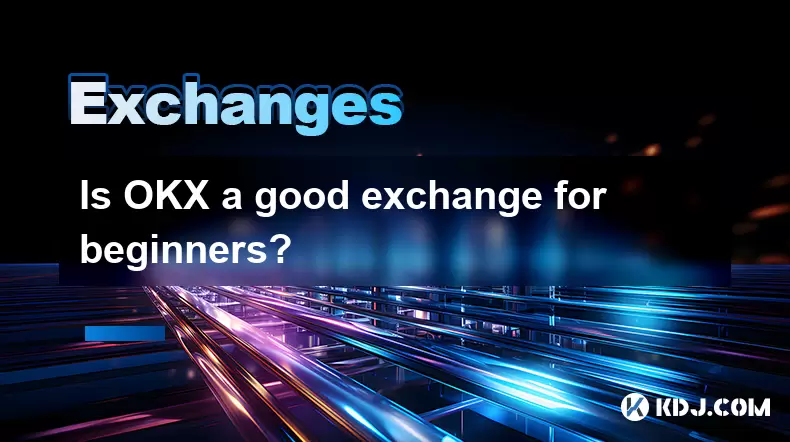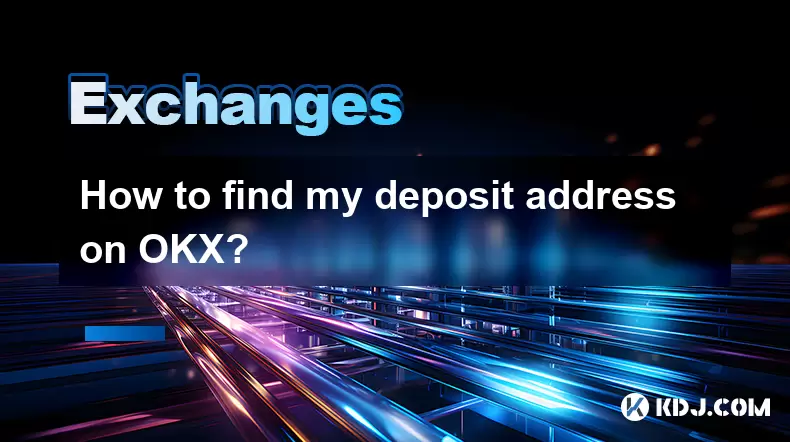-
 Bitcoin
Bitcoin $108,980.7358
0.74% -
 Ethereum
Ethereum $2,571.0926
1.93% -
 Tether USDt
Tether USDt $1.0002
-0.02% -
 XRP
XRP $2.2667
1.60% -
 BNB
BNB $661.7100
0.93% -
 Solana
Solana $151.4189
2.27% -
 USDC
USDC $1.0000
-0.01% -
 TRON
TRON $0.2878
1.42% -
 Dogecoin
Dogecoin $0.1739
6.04% -
 Cardano
Cardano $0.5858
1.83% -
 Hyperliquid
Hyperliquid $39.9185
2.35% -
 Sui
Sui $2.9139
0.69% -
 Bitcoin Cash
Bitcoin Cash $497.2075
2.19% -
 Chainlink
Chainlink $13.6101
2.97% -
 UNUS SED LEO
UNUS SED LEO $9.0469
0.30% -
 Stellar
Stellar $0.2510
5.54% -
 Avalanche
Avalanche $18.2271
1.85% -
 Toncoin
Toncoin $2.8336
3.53% -
 Shiba Inu
Shiba Inu $0.0...01179
3.07% -
 Hedera
Hedera $0.1595
4.34% -
 Litecoin
Litecoin $87.7262
0.69% -
 Monero
Monero $320.3380
1.76% -
 Polkadot
Polkadot $3.4007
1.84% -
 Dai
Dai $1.0000
-0.01% -
 Ethena USDe
Ethena USDe $1.0000
-0.04% -
 Bitget Token
Bitget Token $4.4321
1.03% -
 Uniswap
Uniswap $7.4250
1.33% -
 Aave
Aave $286.5818
5.00% -
 Pepe
Pepe $0.0...01014
5.26% -
 Pi
Pi $0.4652
3.86%
How to top up Japanese yen on BitFlyer?
To top up Japanese yen on BitFlyer, link a Japanese bank account, navigate to the Deposit section, select JPY, and transfer funds, which typically take 1-3 business days to credit.
Apr 15, 2025 at 08:21 pm

Introduction to Topping Up Japanese Yen on BitFlyer
Topping up Japanese yen on BitFlyer is a straightforward process that allows users to fund their accounts and engage in cryptocurrency trading. BitFlyer is one of Japan's leading cryptocurrency exchanges, known for its robust security measures and user-friendly interface. Whether you are a new user or an experienced trader, understanding how to top up your account with Japanese yen is crucial for seamless trading.
Understanding BitFlyer's Account Types
Before you can top up your account with Japanese yen, it's essential to understand the different types of accounts available on BitFlyer. BitFlyer offers three main account types:
- Individual Account: Suitable for personal use, this account requires basic personal information and is used for trading and withdrawing up to a certain limit.
- Corporate Account: Designed for businesses, this account requires more extensive documentation but allows for higher transaction limits.
- Verified Account: This account type offers the highest transaction limits and requires additional verification steps.
For the purpose of topping up with Japanese yen, an Individual Account will suffice for most users.
Registering for a BitFlyer Account
To start topping up Japanese yen, you must first register for a BitFlyer account. Here’s how to do it:
- Visit the BitFlyer website and click on the "Sign Up" button.
- Fill in your personal details, including your name, email address, and a strong password.
- Verify your email address by clicking on the confirmation link sent to your inbox.
- Complete the identity verification process by uploading a copy of your government-issued ID and a selfie.
- Once your identity is verified, your account will be activated, and you can proceed to top up with Japanese yen.
Linking a Japanese Bank Account
To top up your BitFlyer account with Japanese yen, you need to link a Japanese bank account. Here are the steps to do so:
- Log in to your BitFlyer account.
- Navigate to the Account Settings section.
- Click on Bank Account and then Add New Bank Account.
- Enter your bank account details, including the bank name, branch name, account type, account number, and account holder name.
- Confirm the details and submit the request.
- BitFlyer will send a small test deposit to your bank account. You will need to verify this amount on BitFlyer to complete the linking process.
Topping Up Japanese Yen on BitFlyer
Once your bank account is linked, you can proceed to top up your BitFlyer account with Japanese yen. Follow these steps:
- Log in to your BitFlyer account.
- Go to the Deposit section.
- Select Japanese Yen (JPY) as the currency you wish to deposit.
- Choose the linked bank account from which you want to transfer the funds.
- Enter the amount of Japanese yen you want to deposit.
- Review the transaction details and confirm the deposit.
- The funds will be transferred from your bank account to your BitFlyer account, typically within 1-3 business days.
Monitoring Your Japanese Yen Balance
After topping up your BitFlyer account with Japanese yen, it's important to monitor your balance to ensure everything is in order. Here’s how to do it:
- Log in to your BitFlyer account.
- Navigate to the Balance section.
- Check your Japanese Yen (JPY) balance to confirm that the funds have been successfully deposited.
- If there are any discrepancies, contact BitFlyer’s customer support for assistance.
Frequently Asked Questions
Q: Can I top up my BitFlyer account with foreign currency?
A: No, BitFlyer only accepts deposits in Japanese yen. If you have foreign currency, you will need to convert it to Japanese yen through your bank before topping up your BitFlyer account.
Q: Are there any fees associated with topping up Japanese yen on BitFlyer?
A: BitFlyer does not charge any fees for depositing Japanese yen into your account. However, your bank may charge a transfer fee, so it’s best to check with your bank before initiating the transfer.
Q: How long does it take for the Japanese yen to be credited to my BitFlyer account?
A: Typically, it takes 1-3 business days for the Japanese yen to be credited to your BitFlyer account after initiating the transfer from your bank.
Q: Can I top up my BitFlyer account using a credit or debit card?
A: No, BitFlyer does not currently support topping up accounts with credit or debit cards. You must use a linked Japanese bank account to deposit Japanese yen.
Disclaimer:info@kdj.com
The information provided is not trading advice. kdj.com does not assume any responsibility for any investments made based on the information provided in this article. Cryptocurrencies are highly volatile and it is highly recommended that you invest with caution after thorough research!
If you believe that the content used on this website infringes your copyright, please contact us immediately (info@kdj.com) and we will delete it promptly.
- Pi Network Price Prediction: Is $1,000 Realistic?
- 2025-07-07 14:30:13
- Cryptocurrency Fraud: Secret Service Issues Warning Amidst Rising Scams
- 2025-07-07 14:30:13
- XRP Price & Bitcoin to $3.4M by 2030? A NYC Perspective
- 2025-07-07 14:50:12
- Elon Musk's America Party & Bitcoin: A New York Minute on a Political Earthquake
- 2025-07-07 14:50:12
- Trump, BRICS, and Bitcoin Volatility: A Wild Ride in the Crypto World
- 2025-07-07 14:55:12
- Cathie Wood, Bitcoin, and Government Settlements: Decoding the Latest Crypto Mystery
- 2025-07-07 15:10:12
Related knowledge

How to get API keys from OKX for trading bots?
Jul 03,2025 at 07:07am
Understanding API Keys on OKXTo interact with the OKX exchange programmatically, especially for building or running trading bots, you need to obtain an API key. An API (Application Programming Interface) key acts as a secure token that allows your bot to communicate with the exchange's servers. On OKX, these keys come with customizable permissions such ...

What is OKX Signal Bot?
Jul 02,2025 at 11:01pm
Understanding the Basics of OKX Signal BotThe OKX Signal Bot is a feature within the OKX ecosystem that provides users with automated trading signals and execution capabilities. Designed for both novice and experienced traders, this bot helps identify potential trading opportunities by analyzing market trends, technical indicators, and historical data. ...

How to change the email address associated with my OKX account?
Jul 07,2025 at 08:07am
How to Change the Email Address Associated with My OKX Account?Changing the email address associated with your OKX account is a crucial process that ensures you maintain control over your digital assets and account security. Many users may find themselves needing to update their registered email due to various personal or technical reasons, such as swit...

Is OKX a good exchange for beginners?
Jul 03,2025 at 05:00pm
What Is OKX and Why Is It Popular?OKX is one of the leading cryptocurrency exchanges globally, known for its robust trading infrastructure and a wide variety of digital assets available for trading. It supports over 300 cryptocurrencies, including major ones like Bitcoin (BTC), Ethereum (ETH), and Solana (SOL). The platform has gained popularity not onl...

How to find my deposit address on OKX?
Jul 06,2025 at 02:28am
What is a Deposit Address on OKX?A deposit address on OKX is a unique alphanumeric identifier that allows users to receive cryptocurrencies into their OKX wallet. Each cryptocurrency has its own distinct deposit address, and using the correct one is crucial to ensure funds are received properly. If you're looking to transfer digital assets from another ...

Can I use a credit card to buy crypto on OKX?
Jul 04,2025 at 04:28am
Understanding OKX and Credit Card PaymentsOKX is one of the leading cryptocurrency exchanges globally, offering a wide range of services including spot trading, derivatives, staking, and more. Users often wonder whether they can use a credit card to buy crypto on OKX, especially if they are new to the platform or looking for quick ways to enter the mark...

How to get API keys from OKX for trading bots?
Jul 03,2025 at 07:07am
Understanding API Keys on OKXTo interact with the OKX exchange programmatically, especially for building or running trading bots, you need to obtain an API key. An API (Application Programming Interface) key acts as a secure token that allows your bot to communicate with the exchange's servers. On OKX, these keys come with customizable permissions such ...

What is OKX Signal Bot?
Jul 02,2025 at 11:01pm
Understanding the Basics of OKX Signal BotThe OKX Signal Bot is a feature within the OKX ecosystem that provides users with automated trading signals and execution capabilities. Designed for both novice and experienced traders, this bot helps identify potential trading opportunities by analyzing market trends, technical indicators, and historical data. ...

How to change the email address associated with my OKX account?
Jul 07,2025 at 08:07am
How to Change the Email Address Associated with My OKX Account?Changing the email address associated with your OKX account is a crucial process that ensures you maintain control over your digital assets and account security. Many users may find themselves needing to update their registered email due to various personal or technical reasons, such as swit...

Is OKX a good exchange for beginners?
Jul 03,2025 at 05:00pm
What Is OKX and Why Is It Popular?OKX is one of the leading cryptocurrency exchanges globally, known for its robust trading infrastructure and a wide variety of digital assets available for trading. It supports over 300 cryptocurrencies, including major ones like Bitcoin (BTC), Ethereum (ETH), and Solana (SOL). The platform has gained popularity not onl...

How to find my deposit address on OKX?
Jul 06,2025 at 02:28am
What is a Deposit Address on OKX?A deposit address on OKX is a unique alphanumeric identifier that allows users to receive cryptocurrencies into their OKX wallet. Each cryptocurrency has its own distinct deposit address, and using the correct one is crucial to ensure funds are received properly. If you're looking to transfer digital assets from another ...

Can I use a credit card to buy crypto on OKX?
Jul 04,2025 at 04:28am
Understanding OKX and Credit Card PaymentsOKX is one of the leading cryptocurrency exchanges globally, offering a wide range of services including spot trading, derivatives, staking, and more. Users often wonder whether they can use a credit card to buy crypto on OKX, especially if they are new to the platform or looking for quick ways to enter the mark...
See all articles

























































































